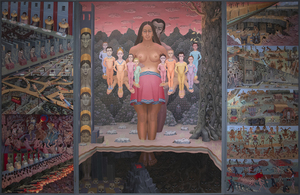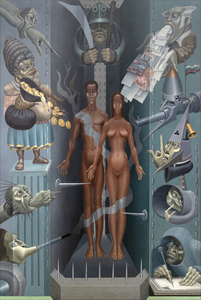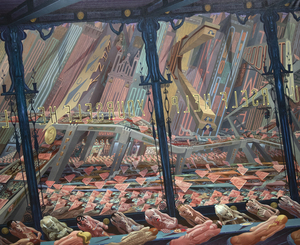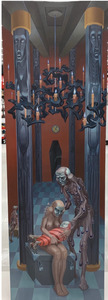AI WEIWEI (b. 1957)
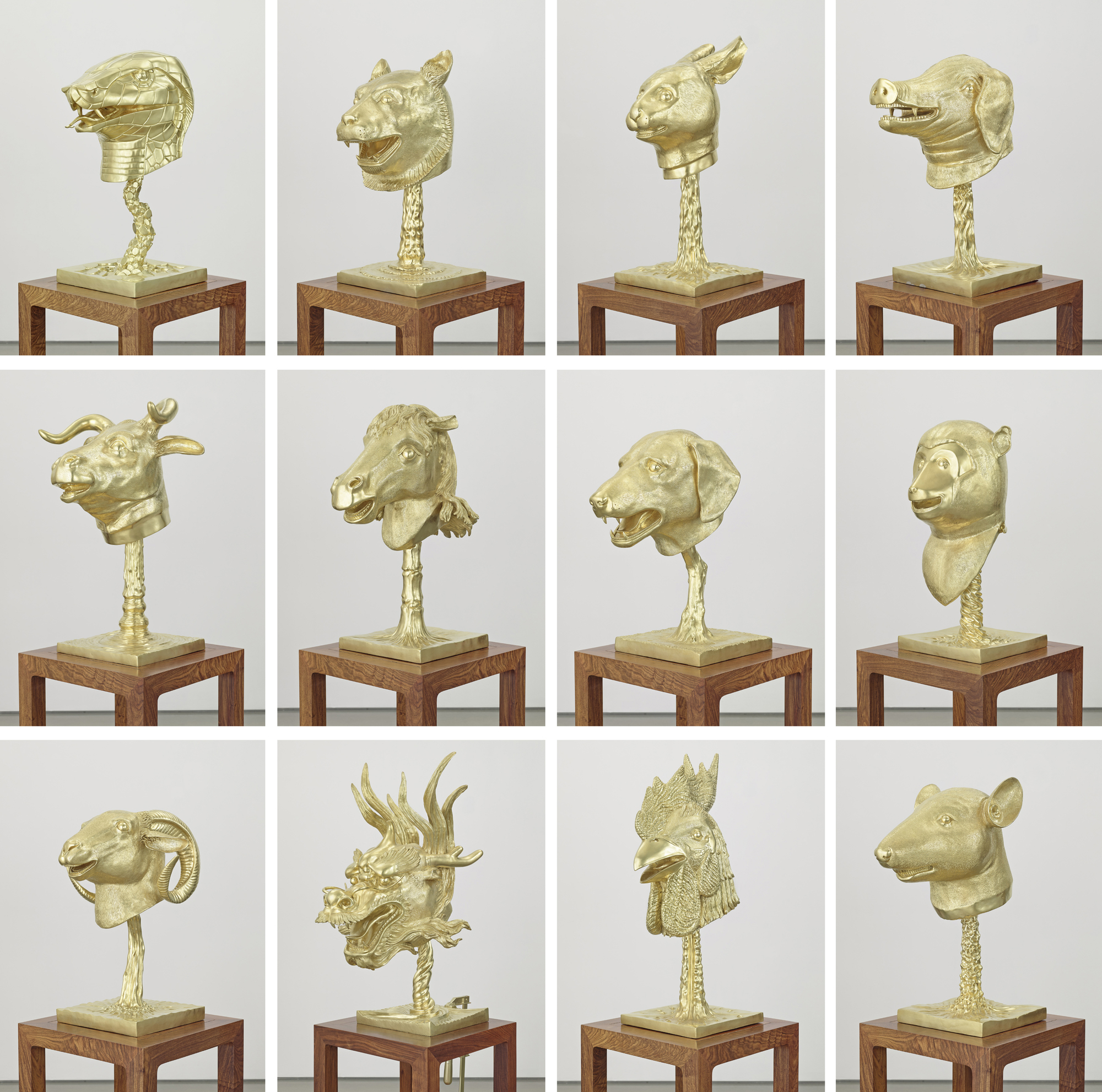

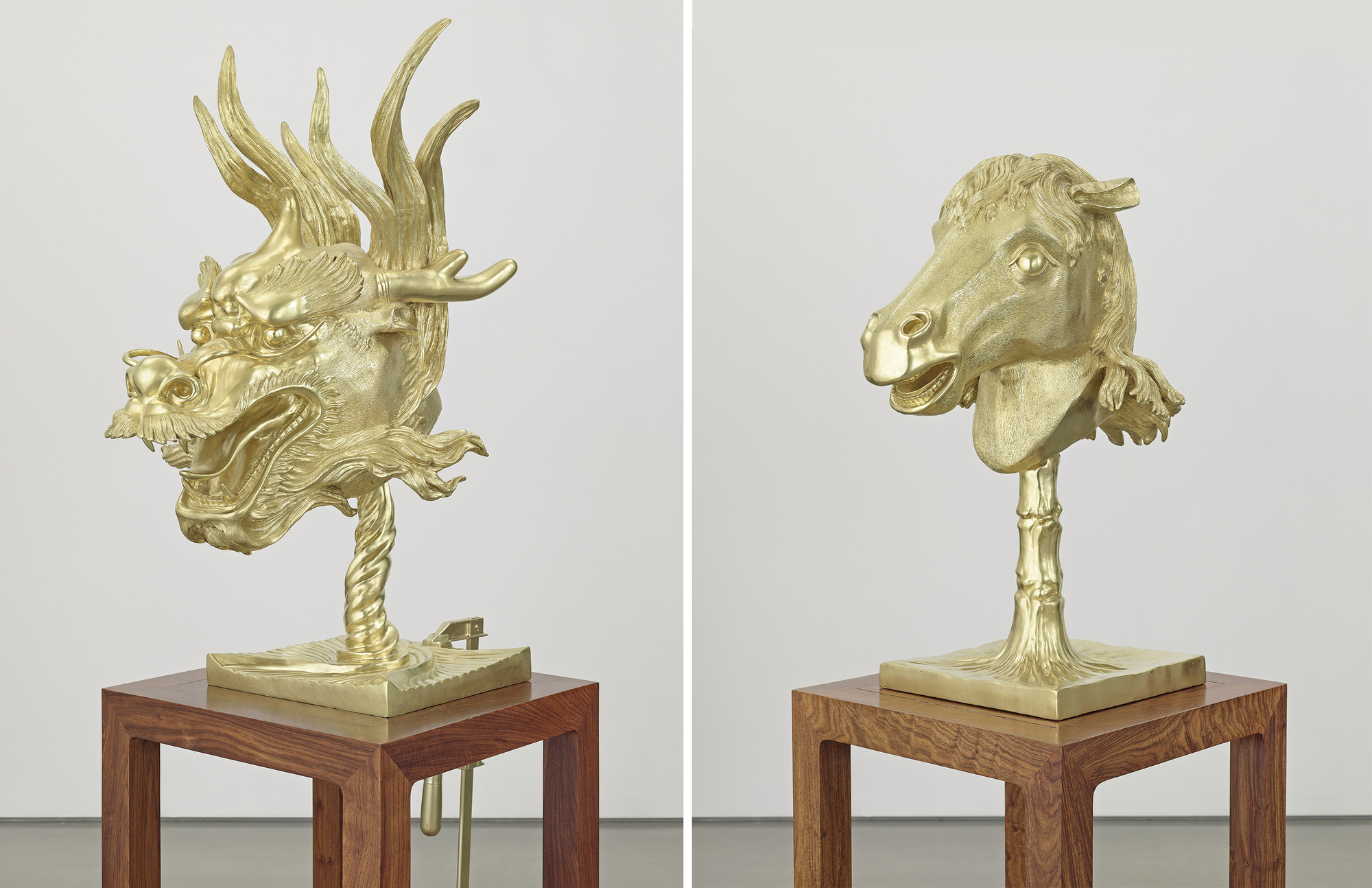

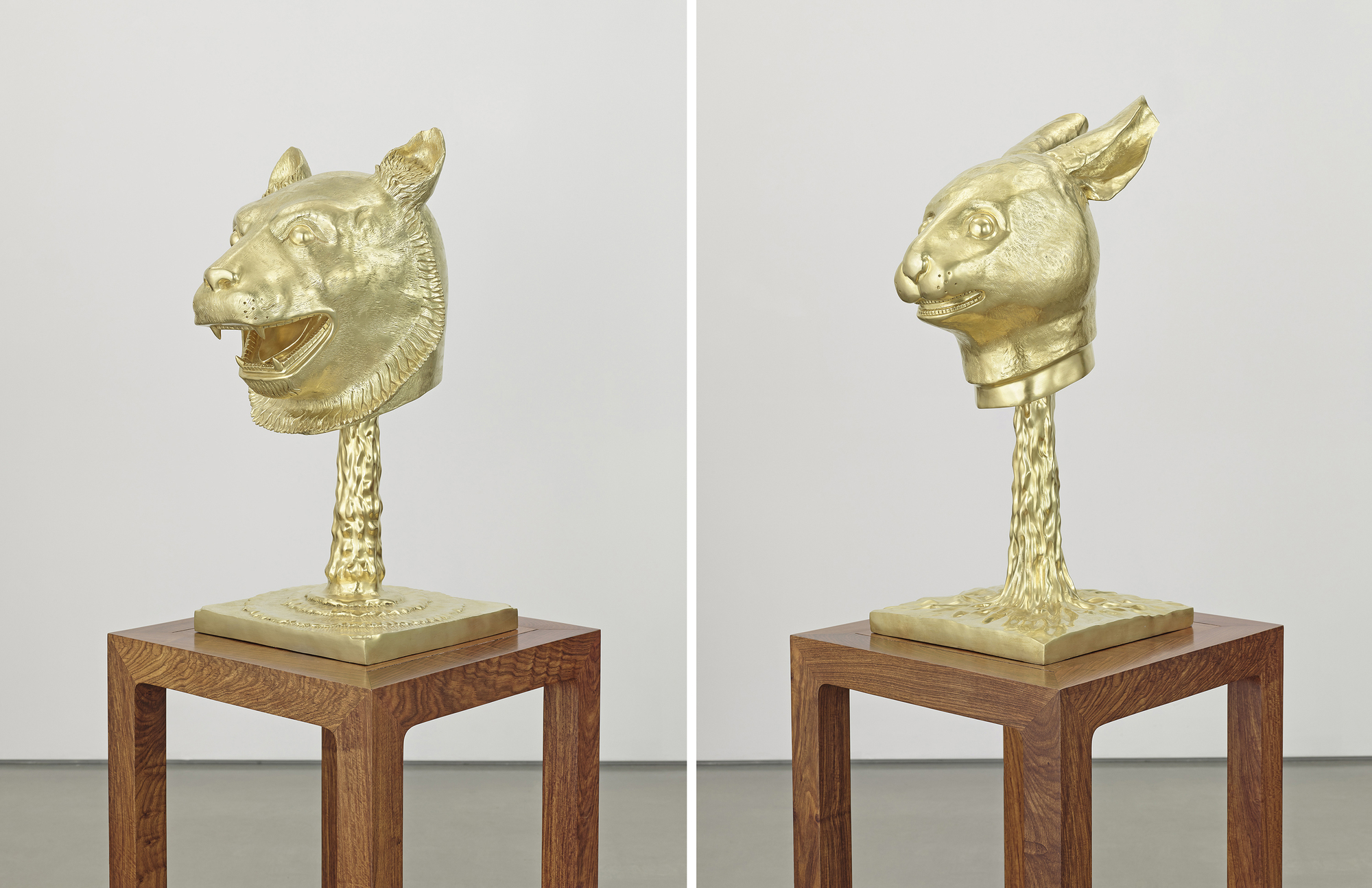
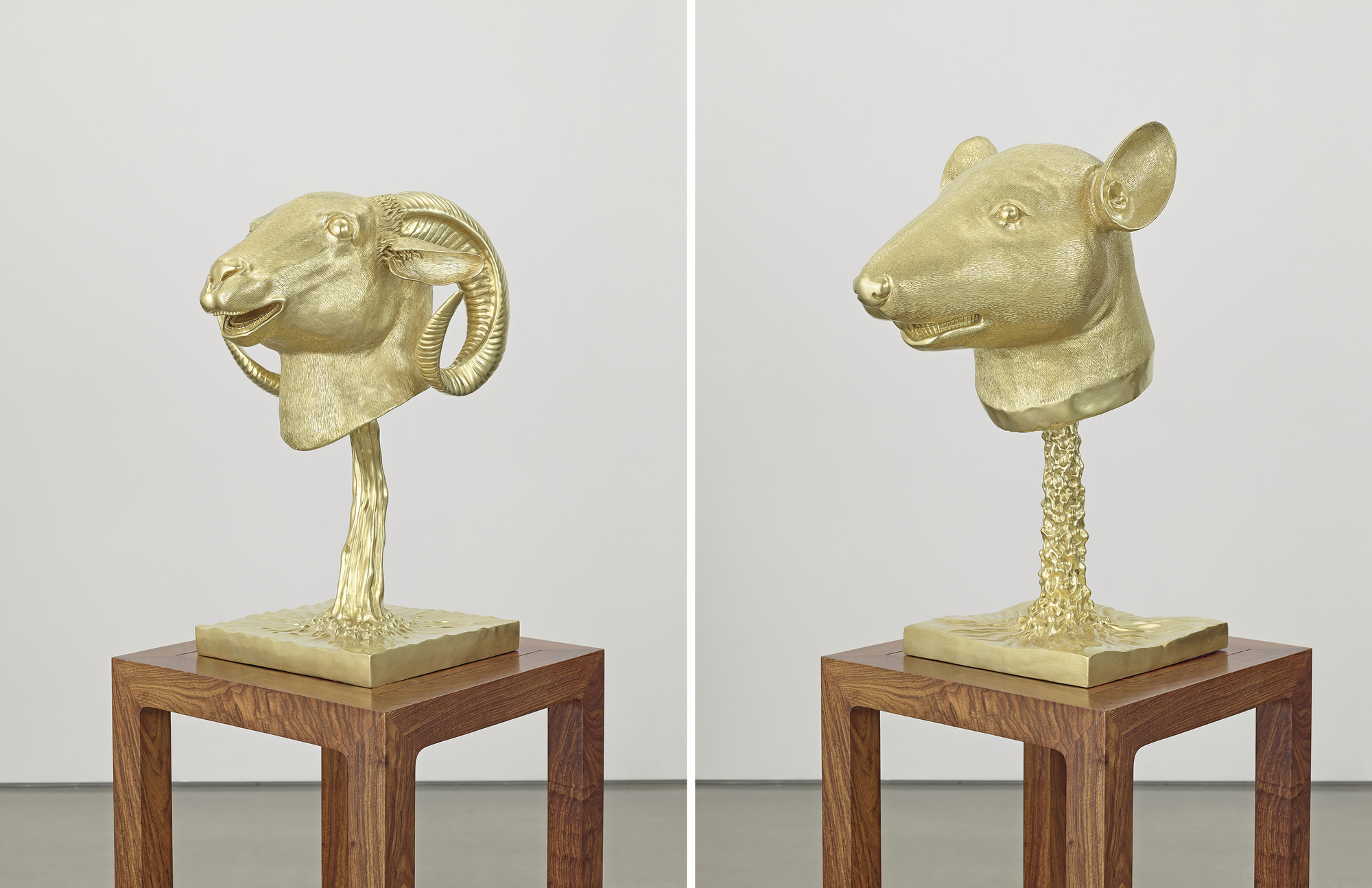

Provenance
Friedman Benda, New YorkPrivate Collection, acquired from the above, 2014
Sotheby’s, New York, November 15, 2019, lot 441
Private Collection, acquired from the above sale
Exhibition
Montreal, Canada, Musee d’art Contemporain de Montreal, Zoo, May - September 2012, pp. 68-77 and 218, illustrated in color (another example exhibited)San Diego, California, Museum of Contemporary Art San Diego, Ai Weiwei: Circle of Animals/Zodiac Heads: Gold, February - July 2012, illustrated in color (another example exhibited)
East Hampton...More..., New York, LongHouse Reserve, Ai Weiwei: Circle of Animals/Zodiac Heads: Gold, August - October 2013, illustrated in color (another example exhibited)
Moscow, Russia, Garage Museum of Contemporary Art, Personal Choice: Collectors’ Selections From Their Own Collections, February - April 2014 (another example exhibited)
Dallas, Texas, The Crow Collection of Asian Art, Ai Weiwei: Circle of Animals/Zodiac Heads: Gold, September 2013 - March 2014, illustrated in color (another example exhibited)
Berlin, Germany, Martin-Gropius-Bau, Ai Weiwei – Evidence, April - July 2014 (another example exhibited)
Oxfordshire, England, Blenheim Palace, Ai Weiwei at Blenheim Palace, October 2014 - April 2015, pp. 92-99 and 140, illustrated in color (another example exhibited)
Palm Springs, California, Palm Springs Museum of Art, Ai Weiwei: Circle of Animals/Zodiac Heads: Gold, December 2014 - May 2015, illustrated in color (another example exhibited)
Portland, Oregon, Portland Art Museum, Ai Weiwei: Circle of Animals/Zodiac Heads: Gold, May - September 2015, illustrated in color (another example exhibited)
...LESS...
History
These twelve sculptures depict the animals associated with the traditional Chinese zodiac. Ai Weiwei’s cycle references a European rendering of the zodiac animals designed by the Italian Jesuit Giuseppe Castiglione. The original sculptures were built in the eighteenth century for an elaborate water-clock fountain at the Yuanming Yuan (Old Summer Palace), a vast complex of gardens and pavilions on the outskirts of Beijing constructed under the reign of the Qing dynasty emperors and once accessible only to the elite of 18th-century Chinese society.
In 1860 during the Second Opium War, the imperial gardens were ransacked, displacing the twelve zodiac heads. To this date only seven have been recovered. On one hand, the looted heads recall a low point in the country’s international profile, the beginning of China’s “century of national humiliation.” On the other hand, the spirit of nationalism and the value the objects represent in the art world have prompted calls for repatriation.
For Ai, the zodiac becomes fodder for the reinterpreting of cultural objects from his own historical knowledge and artistic liberty. Ai reworks all twelve creatures. For the missing dragon, serpent, ram, rooster, and dog, the artist makes stylistic references to the existing heads, even as he introduces influences from past dynasties, as well as scientific realism. Circle of Animals/Zodiac Heads engages issues of looting, repatriation, and cultural heritage while expanding upon ongoing themes in Ai’s work concerning the “fake” and “copy” in relation to the original. As a conceptual artist sensitive to the craftspeople who create his works, the artist is able to “produce something that is a copy of an original, but not an exact copy—something that has its own sensitive layer of languages, which are different, and that bears the mark of our own time.”
As part of its ongoing mission to provide exceptional works of art to museums worldwide, Heather James Fine Art has collaborated with museums to loan and showcase a set for public experience, including the Farnsworth Museum (2018), Tucson Museum of Art (2016), Portland Museum of Art (2015), and Phoenix Art Museum (2015). Ai Weiwei created two series of sculptures representing the animal symbols from the traditional Chinese zodiac: a monumental bronze edition for outdoor display and this, the smaller-scaled gold edition (made of bronze) for indoor display.
About the Artist
Ai Weiwei is an artist, architectural designer, curator, and social and cultural critic who has been exhibiting his work internationally since the late 1990s. Born in Beijing in 1957, he studied art and film in China before moving to New York in 1981, where he attended Cooper Union. Ai remained in the United States for more than a decade, returning to China in 1997. Since that time, the artist has been instrumental in fostering China’s emerging art scene. Ai’s artistic practice is inextricably linked with cultural engagement and willingly crosses barriers between different media—cultural, artistic, and social. In 2008, the artist garnered widespread attention for his collaboration with the architectural firm Herzog & de Meuron for the “Bird’s Nest”, China’s National Olympic Stadium. However, it was perhaps his detention from 2011 until August 2015 by the Chinese government which brought his views to the greatest audience. Ai has recently left China and is now in Germany. He continues to create new works and uses his significant international profile to promote artistic and personal freedom.

Additional Resources
Image Gallery
Inquire
You May Also Like
























,_new_mexico_tn40147.jpg )

